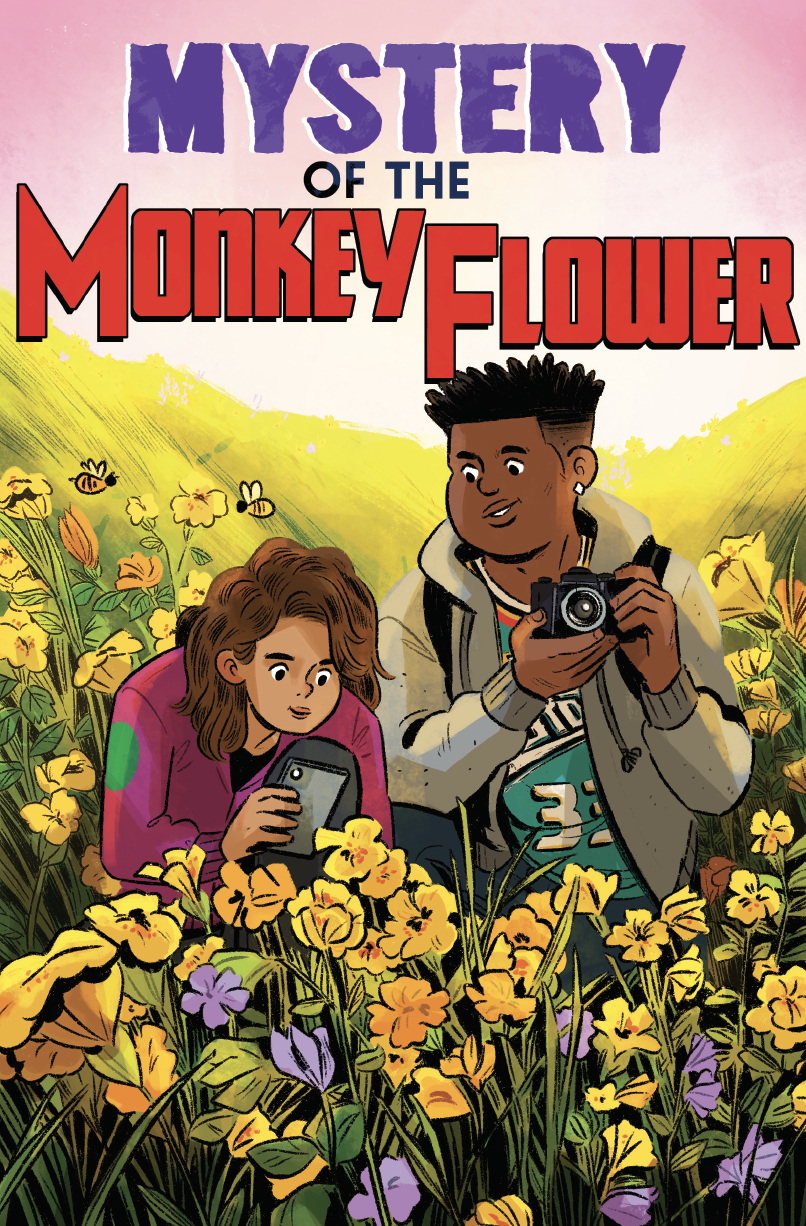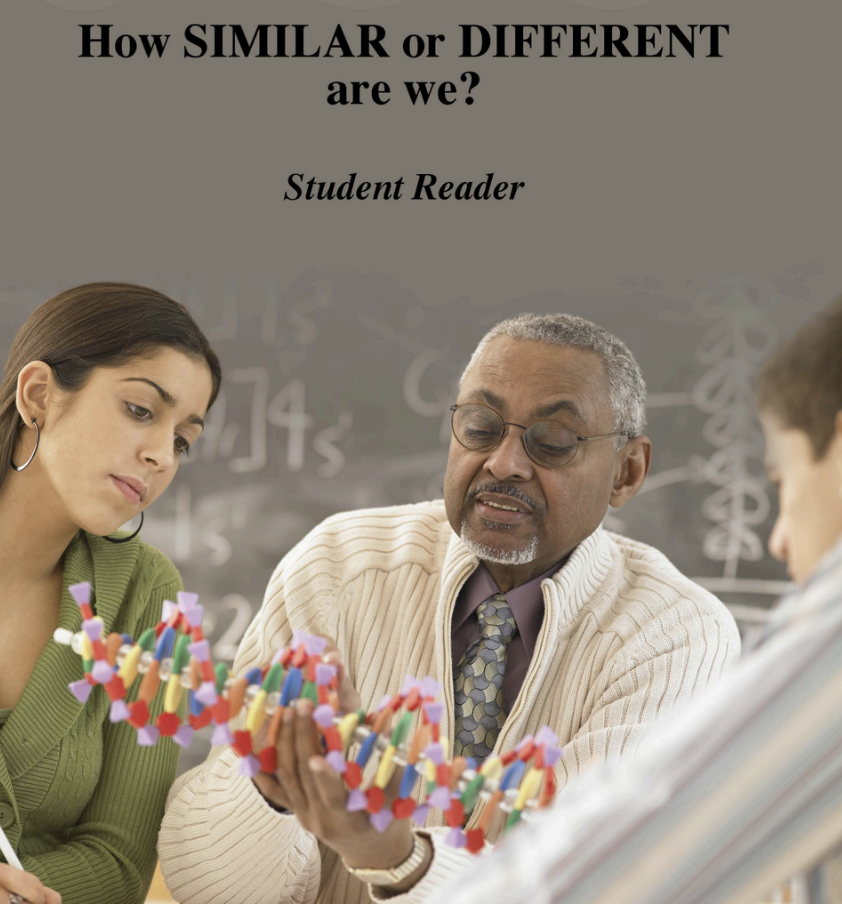High School Curriculum Overview
The high school curriculum consists of two units which focus on concepts in molecular genetics, genomics, and evolution through multiple phenomena including variation in monkeyflowers and variation in skin color, and additional phenomena related to human health. Taught in sequence, these two units cover many of high school life science NGSS for high school biology. STEM careers and ethical issues are also highlighted.
Unit 1: Mystery of the Monkeyflowers - 10 week, NGSS-designed, project-based learning unit for high school lifescience. Students use a monkey flower plant experiment and an engaging comic book to learn how traits evolve over time through natural selection.

Unit 2: How SIMILAR or DIFFERENT are we? - 8 week, NGSS-inspired, project-based learning unit for high school lifescience. covering molecular genetics and genomics.



